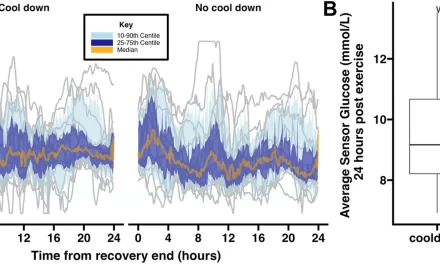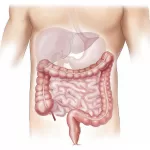September 27, 2024 – Global Efforts Against Malaria
In a remarkable advancement in malaria research, scientists have developed a new drug, MED6-189, which shows promise against both drug-sensitive and drug-resistant strains of the Plasmodium falciparum parasite, the most virulent malaria-causing organism. This innovative synthetic compound, inspired by natural products derived from marine sponges, targets key cellular pathways in the parasite, blocking its development and significantly reducing the risk of drug resistance.
The Global Malaria Challenge
The fight against malaria has reached a critical juncture. In 2022, Plasmodium falciparum was responsible for nearly 619,000 deaths worldwide, highlighting the urgent need for new treatment options. This parasite has long posed a challenge due to its ability to develop resistance to existing antimalarial medications, complicating global efforts to control the disease.
Collaborative Research Breakthrough
A collaborative effort between researchers at UC Riverside, UC Irvine, and Yale School of Medicine has culminated in the discovery of MED6-189, which is documented in the latest issue of Science. The drug’s dual mechanism of action, which disrupts both the apicoplast—an essential organelle in P. falciparum—and vesicular trafficking pathways, offers a promising avenue for effectively combating malaria. Karine Le Roch, a professor at UC Riverside and the study’s senior author, emphasized the drug’s effectiveness: “Disruption of the apicoplast and vesicular trafficking blocks the parasite’s development, thus eliminating infection in red blood cells.”
Natural Inspirations for Synthetic Solutions
MED6-189 is a synthetic analogue of isocyanoterpenes, a class of natural products known for their antimalarial properties. Christopher Vanderwal, a professor of chemistry at UC Irvine, noted the significance of leveraging natural compounds in drug development. “Many of the best antimalarial agents are natural products or derived from them,” he explained. The new drug’s multi-target approach could slow the development of resistance, a critical factor in ensuring its long-term efficacy.
Future Research Directions
The researchers conducted tests using humanized mouse models, where MED6-189 successfully cleared the parasites. In collaboration with GSK, a pharmaceutical company, they also found the drug effective against P. knowlesi, a malaria parasite affecting primates. Moving forward, the team plans to optimize MED6-189 and explore its mechanisms through a systems biology approach, which examines biological interactions on a larger scale.
Conclusion
The development of MED6-189 marks a significant step forward in malaria treatment, particularly as drug resistance remains a pressing concern. With ongoing research and collaboration among leading institutions, this breakthrough could pave the way for new, effective therapies in the global fight against malaria.
Reference
Le Roch, K., Vanderwal, C., & Ben Mamoun, C. (2024). “A Potent Kalihinol Analogue Disrupts Apicoplast Function and Vesicular Trafficking in P. falciparum Malaria.” Science. DOI: 10.1126/science.adm7966.












